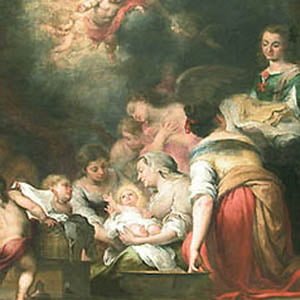
The Nativity of the Virgin is one of the oldest Marian feasts. Its origin is believed to be linked to the dedication, in the 4th century, of an ancient Marian basilica in Jerusalem, on whose ruins the current church of Saint Anne was built in the 12th century. Tradition says that this was the site of the house of Mary’s parents, Joachim and Anne, where the Virgin was born. The feast began to be celebrated in Rome in the 8th century, with Pope Sergius I. It is the third “nativity” feast on the Roman calendar, which commemorates the Nativity of Jesus, the Son of God (December 25, Christmas); that of Saint John the Baptist (June 24) and that of the Blessed Virgin Mary, on September 8. In the Gospels there is no data to confirm this date or the names of Mary’s parents, which tradition takes from the Protoevangelium of James, an apocryphal writing from the 2nd century. In Milan, this feast dates back to the 10th century; the cathedral, dedicated to “Mary Nascent,” was consecrated in 1572 by Saint Charles Borromeo. And also in Milan, on Santa Sofia Street, is the sanctuary where an image of the newborn Mary is kept, guarded by the Sisters of Charity of Saints Bartolomea and Vicenta. This image was made in the 18th century by a Franciscan nun from Todi for her personal devotion. In its history, we find a miracle that happened on September 9, 1884: the healing of the postulant Giulia Macario, who had been very ill for several days. Popular devotion to this image spread as a result of the numerous graces obtained.




